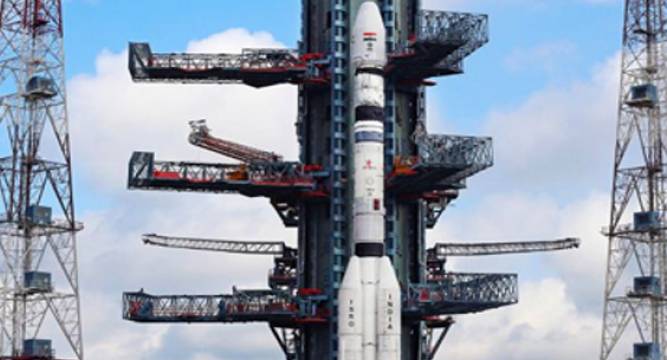-
Tips for becoming a good boxer - November 6, 2020
-
7 expert tips for making your hens night a memorable one - November 6, 2020
-
5 reasons to host your Christmas party on a cruise boat - November 6, 2020
-
What to do when you’re charged with a crime - November 6, 2020
-
Should you get one or multiple dogs? Here’s all you need to know - November 3, 2020
-
A Guide: How to Build Your Very Own Magic Mirror - February 14, 2019
-
Our Top Inspirational Baseball Stars - November 24, 2018
-
Five Tech Tools That Will Help You Turn Your Blog into a Business - November 24, 2018
-
How to Indulge on Vacation without Expanding Your Waist - November 9, 2018
-
5 Strategies for Businesses to Appeal to Today’s Increasingly Mobile-Crazed Customers - November 9, 2018
PSLV rocket with India’s first astronomical satellite lifts off
ISRO’s PSLV-C30 on Monday successfully launched the space observatory ASTROSAT into orbit.
Advertisement
Besides NASA, space agencies of the European Union, Japan and Russian Federation have launched similar facilities into the space.
LEMUR nano, the United States: These are four non-visual remote sensing satellites developed by Spire Global Inc, San Francisco, usa with focus primarily on global maritime intelligence through vessel tracking via AIS and high-fidelity weather forecasting using GPS radio occultation technology.
While satellites like the Hubble Space Telescope are coming towards the end of its scheduled life, ISRO says that the Astrosat will have an operational lifespan of five years.
“One of the unique features of the Astrosat mission is that it enables the simultaneous multi-wavelength observations of various astronomical objects with a single satellite,” the Indian Space Research Organization (ISRO) reports.
India’s successful and frugal Mars mission dominated newspaper front pages at the time and sparked huge pride in its home-grown space programme, while Modi hailed it as a sign of the country’s technological potential.
The 44.4 metre-tall 320-tonne polar satellite launch vehicle (PSLV-XL) version is a four-stage rocket with six strap-on motors for additional thrust during the initial phase of the flight.
Watching live telecasts of satellite launches from India’s spaceport, Sriharikiota, is always exciting. Up until now India has sent off 45 non-native satellites into space for reasonable sums of money. This was the 30th consecutive success for PSLV.
This scientific satellite mission is aimed at better understanding of the universe.
With a lift-off mass of about 1,513 kg, ASTROSAT was first injected into a 650 km orbit by PSLV-C30, followed by the other six satellites in the space of about three minutes.
ASTROSAT is created to observe a wider variety of wavelengths compared with other satellites ranging from visible light to the X-ray bands, which according to Mylswamy Annadurai, the director of ISRO’s satellite center in Bangalore is the strength and uniqueness of the satellite.
Isro scientists, including its Chairman A S Kiran Kumar at the mission control centre, were jubilant and hugged each other when the rocket successfully placed the satellites into the required orbit.
Advertisement
The findings of the observatory will be analysed by India’s major astronomy institutes and some universities, the agency added.




























